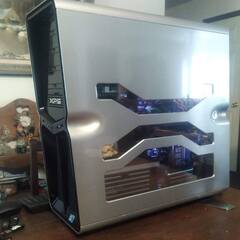The First Room-Temperature Ambient-Pressure Superconductor has been found
-
Featured Topics
-
Topics
-
MahdiC ·
Posted in Troubleshooting2 -
0
-
2
-
1
-
metaleggman ·
Posted in LTTStore.com Merch0 -
2
-
ave11 ·
Posted in Graphics Cards9 -
avidgamer121 ·
Posted in Troubleshooting8 -
1
-
0
-
-
play_circle_filled

Latest From GameLinked:
Are you excited for Doom: The Dark Ages? - Gamers 2 Gamers















Create an account or sign in to comment
You need to be a member in order to leave a comment
Create an account
Sign up for a new account in our community. It's easy!
Register a new accountSign in
Already have an account? Sign in here.
Sign In Now